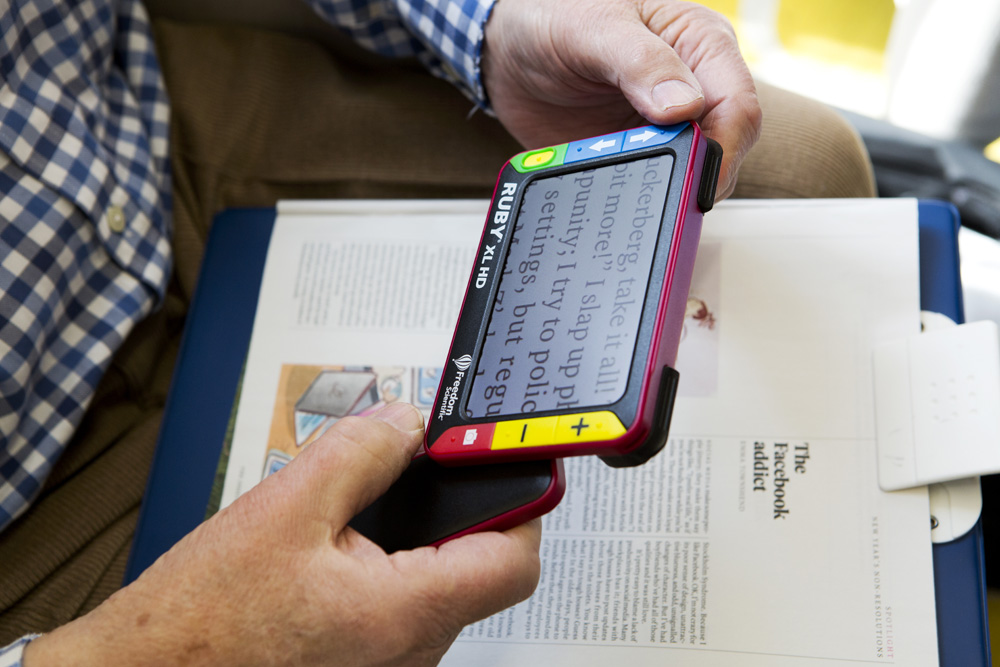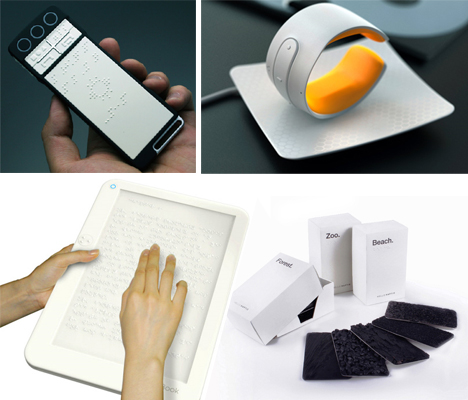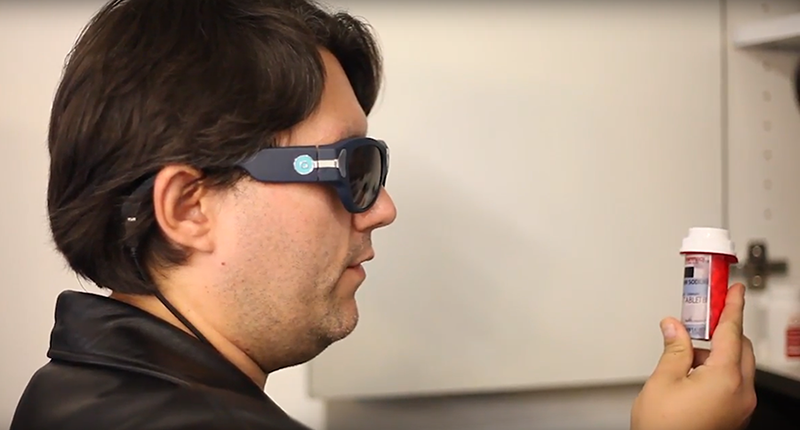Empowering Independence With Assistive Modern Technology for the Blind
The combination of assistive innovation into the lives of people with visual problems represents a considerable advancement in promoting freedom and self-sufficiency. From ingenious display viewers to innovative wise walking canes, these devices not just improve day-to-day navigation and interaction yet likewise empower individuals to involve meaningfully in different aspects of life. As we discover the myriad benefits and real-world applications of these modern technologies, it ends up being important to analyze the hidden elements that add to their performance and the capacity for future developments in this vital field.
Introduction of Assistive Modern Technology

The advancement of assistive technology is grounded in principles of inclusivity and empowerment. Developments in software, equipment, and sensory improvements offer users with choices customized to their details demands. From screen viewers that convert text to speech, to tactile tools that convey details through touch, these devices change the means individuals engage with their environments.
Along with sensible applications, assistive innovation cultivates greater social incorporation and involvement in various markets, consisting of education and work (Speech-to-text devices for low vision). As research and development remain to advance, the capacity for assistive innovation to further boost the lives of aesthetically impaired individuals stays appealing, paving the way for a much more equitable culture where everybody can thrive
Kinds of Assistive Gadgets
A selection of assistive gadgets have arised to sustain people with aesthetic problems, each created to meet particular needs and enhance day-to-day functioning. These devices range from low-tech remedies to modern developments, providing diverse options for customers.
Low-tech gadgets include magnifiers and large-print materials that aid in analysis and writing. Braille devices, such as Braille slates and stylus pens, make it possible for responsive analysis and communication. Alignment and movement help, like white walking canes, aid customers browse their setting securely.
On the greater end of the spectrum, electronic magnification systems and display visitors provide substantial assistance. Digital magnifiers permit customers to expand text and pictures on screens, while display viewers convert electronic material into manufactured speech, assisting in access to info on mobile phones and computers.
Mobile phone applications also play an important role, supplying features like text recognition and navigating support. Wearable technology, such as wise glasses equipped with enhanced truth, is arising as a promising tool to improve situational recognition.
Benefits of Assistive Innovation
The integration of assistive technology dramatically improves the lifestyle for people with visual disabilities. These technologies equip customers by advertising freedom, enabling them to navigate their atmospheres more effectively and perform everyday jobs with better simplicity. For example, display readers and magnifying software program permit people to accessibility digital details, cultivating professional and educational chances that may have formerly run out reach.
Furthermore, assistive tools such as wise walking canes and GPS applications provide real-time navigating aid, boosting mobility and safety and security. This enhanced autonomy not only improves self-worth but also encourages social interaction, allowing individuals to get involved even more fully in their areas.
Assistive innovation additionally facilitates interaction, helping individuals get in touch with others through voice recognition and text-to-speech applications. This ability is essential for keeping partnerships and accessing critical details.
In addition, the modification options readily available with several assistive modern technologies make certain that individuals can tailor tools to their particular needs, additionally improving functionality and efficiency. Overall, the benefits of assistive modern technology for people with visual problems are extensive, promoting an extra comprehensive society where everyone can pursue their objectives and ambitions.
Study and Success Stories
Highlighting the transformative influence of assistive technology, numerous instance research studies show exactly how people with visual problems have successfully integrated these tools into their every day lives. One compelling example involves a college student who used display reading software application to navigate online resources and scholastic materials successfully. This modern technology not just promoted her education but also boosted her self-confidence in taking part in discussions and team jobs.
An additional study features a specialist who employs a smartphone application made for navigating and things acknowledgment. By utilizing this application, he has gained back freedom in both his personal and job environments, allowing him to commute individually and involve with associates a lot more efficiently.
In addition, a retired person shared her experience with braille e-readers, which enabled her to access a vast variety of literary works and stay connected with her neighborhood with publication clubs.
These success tales highlight the vital role of assistive modern technology in promoting self-reliance, enhancing lifestyle, and promoting social combination for individuals with aesthetic disabilities (Voice-activated assistive devices). By embracing these innovative devices, individuals can overcome difficulties and take opportunities that add to their expert and personal satisfaction

Future Patterns in Assistive Innovation
Advancement in her response assistive technology is positioned to redefine the landscape of assistance for individuals with visual problems. Arising trends emphasize the integration of expert system (AI) read this and maker understanding, which boost the capability of devices that assist with navigating and details availability. AI-driven applications are currently capable of interpreting aesthetic data in real-time, enabling users to involve with their environment much more individually.
In addition, the development of wearable modern technology is progressing swiftly. Smart glasses furnished with enhanced truth (AR) can provide audio descriptions of surroundings, changing just how users communicate with public areas. These devices not only advertise freedom but also foster social incorporation.
In Addition, the Internet of Things (IoT) is making homes smarter, allowing for smooth connection between everyday home appliances and assistive gadgets. This connectivity equips users by allowing automated reactions and voice-activated controls customized to specific demands.
Verdict
To conclude, assistive technology plays a critical function in empowering people with aesthetic problems by improving their independence and involvement with their environments. The varied series of gadgets and applications available not only assists in navigation and Go Here communication but additionally advertises social combination and chances for personal and expert development. As developments continue in this area, the possibility for enhancing the quality of life for those with visual problems will expand, cultivating higher autonomy and empowerment.
